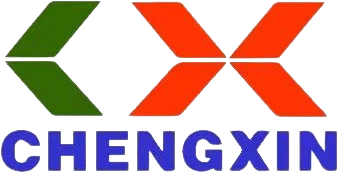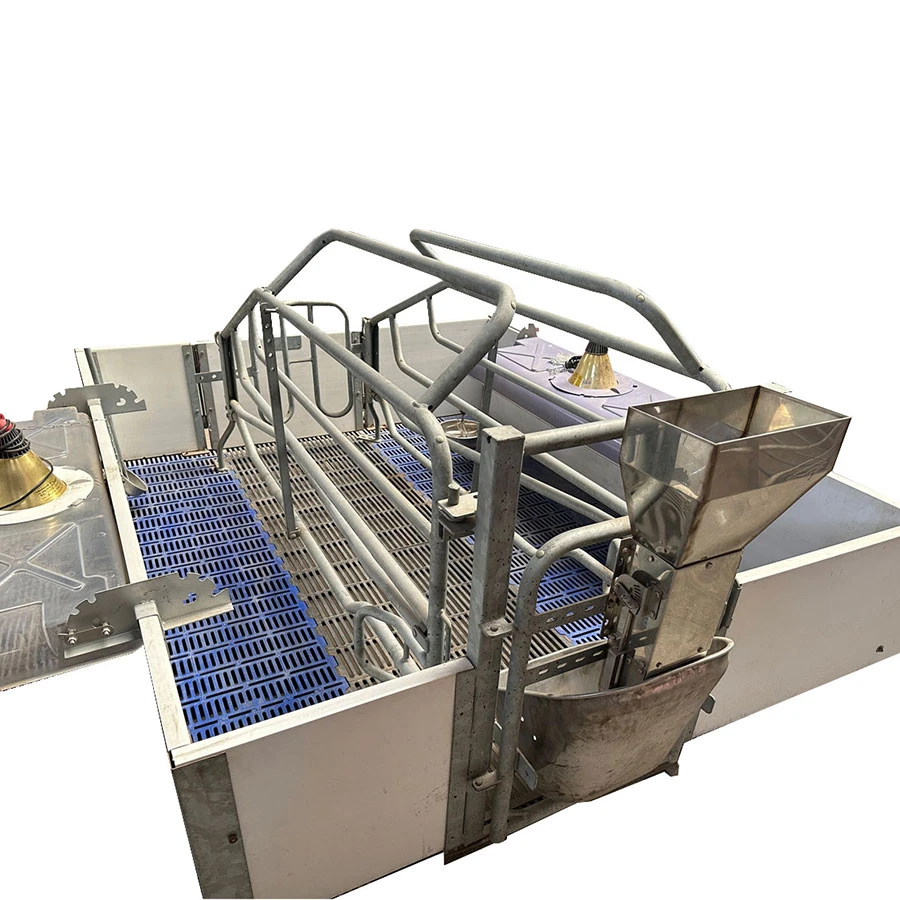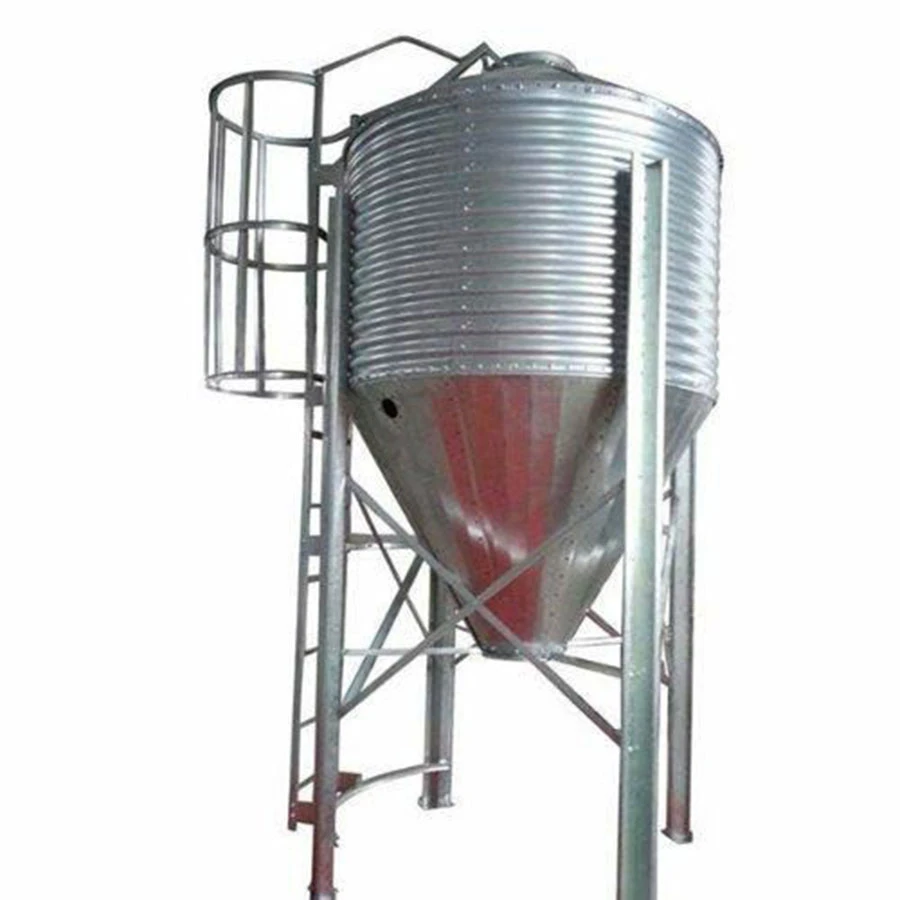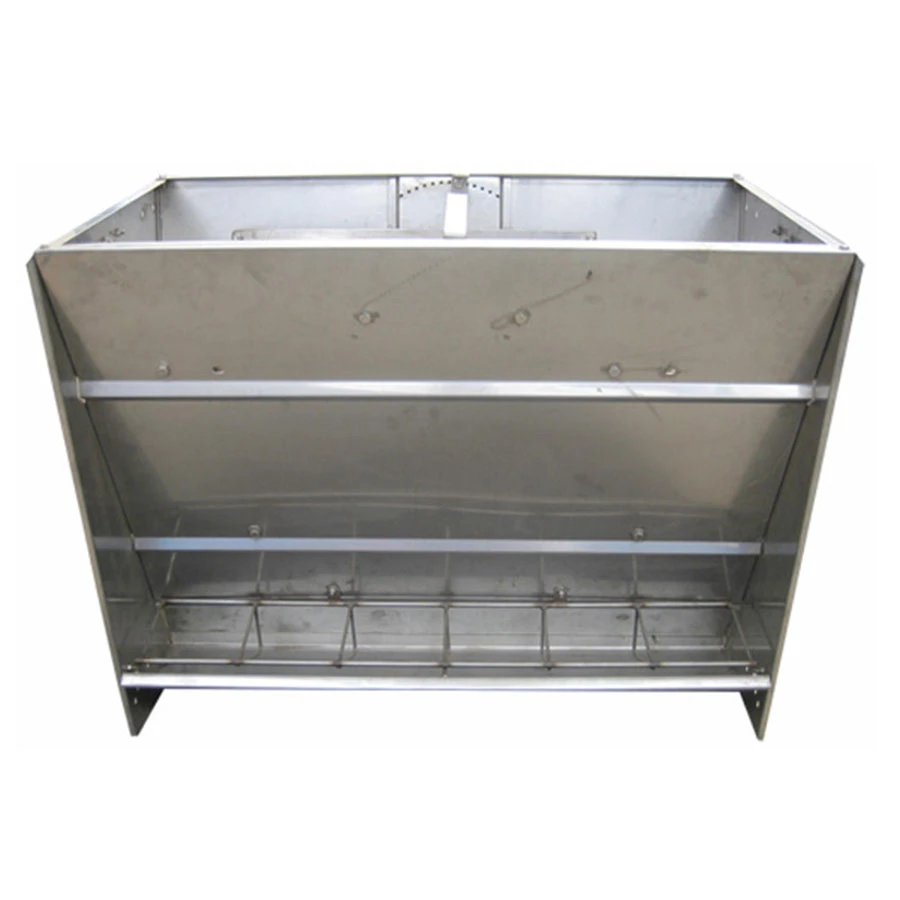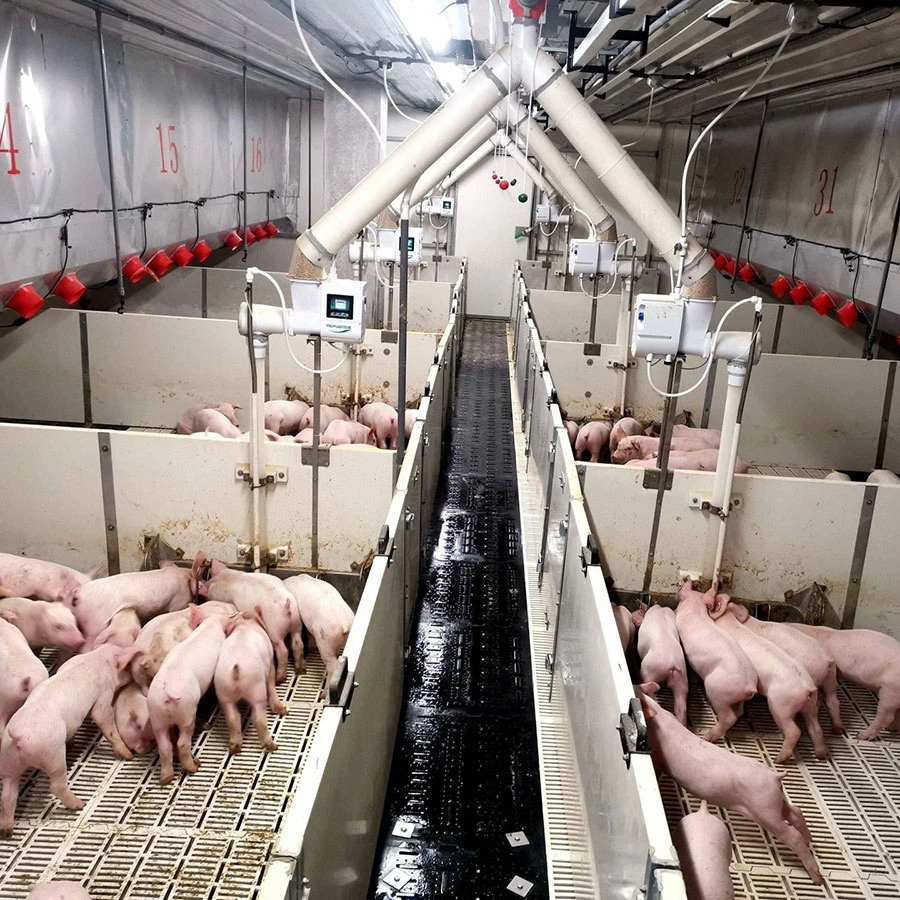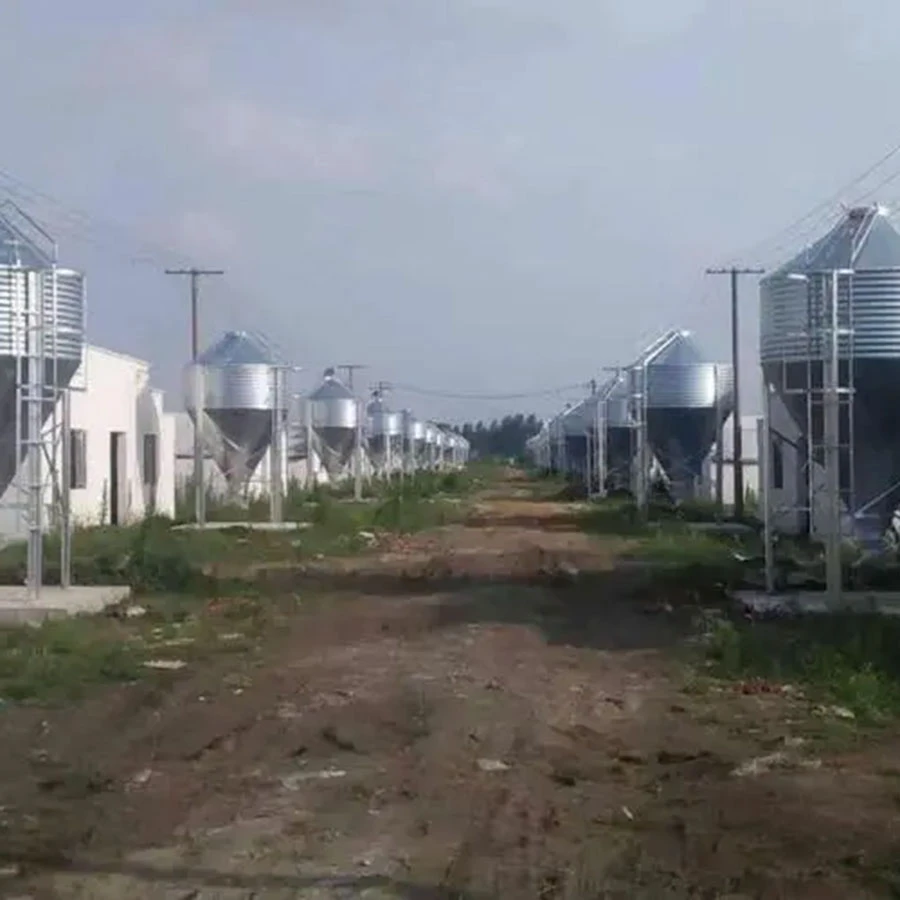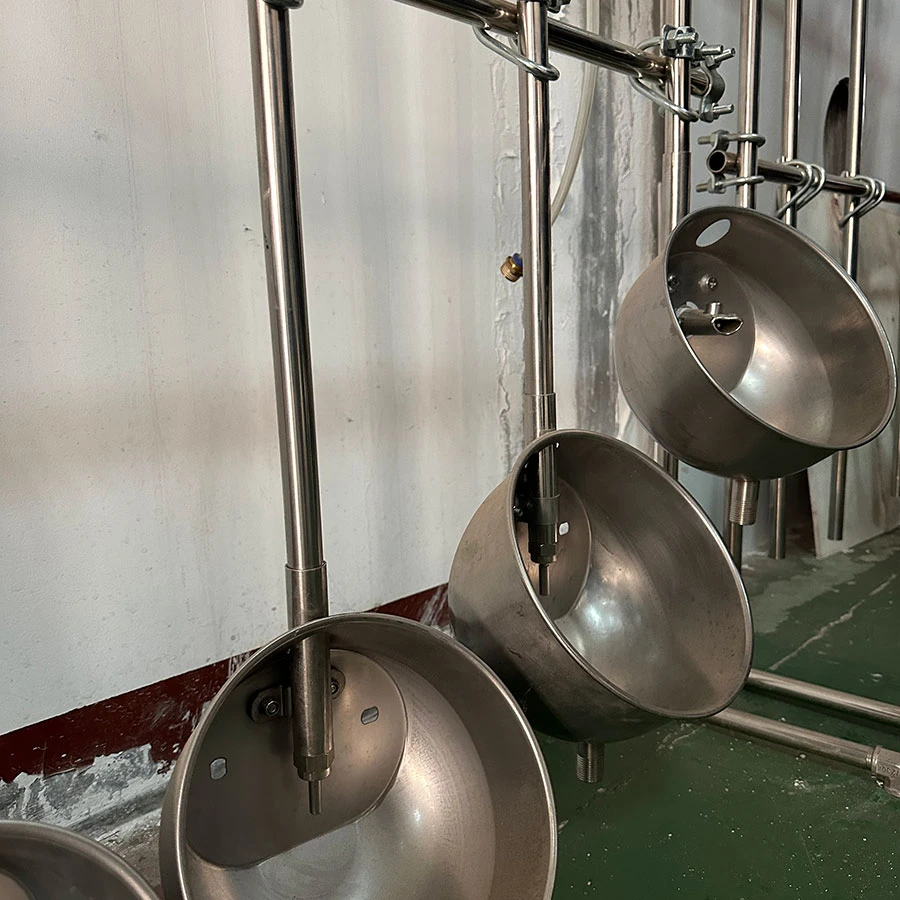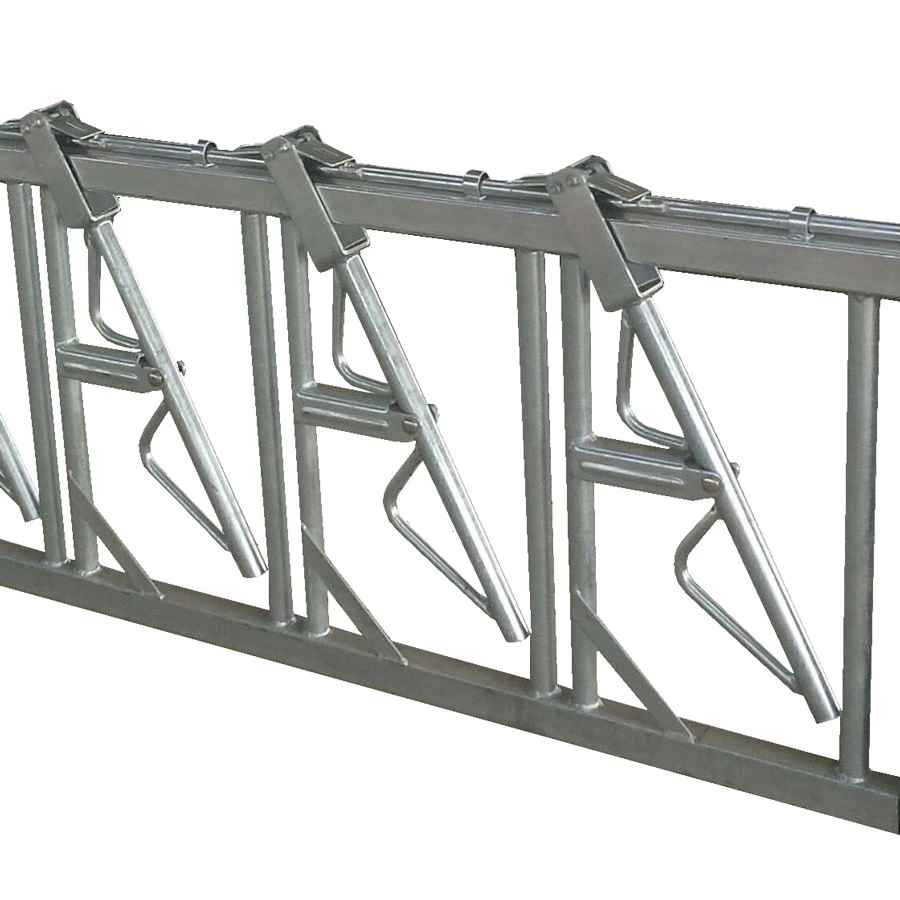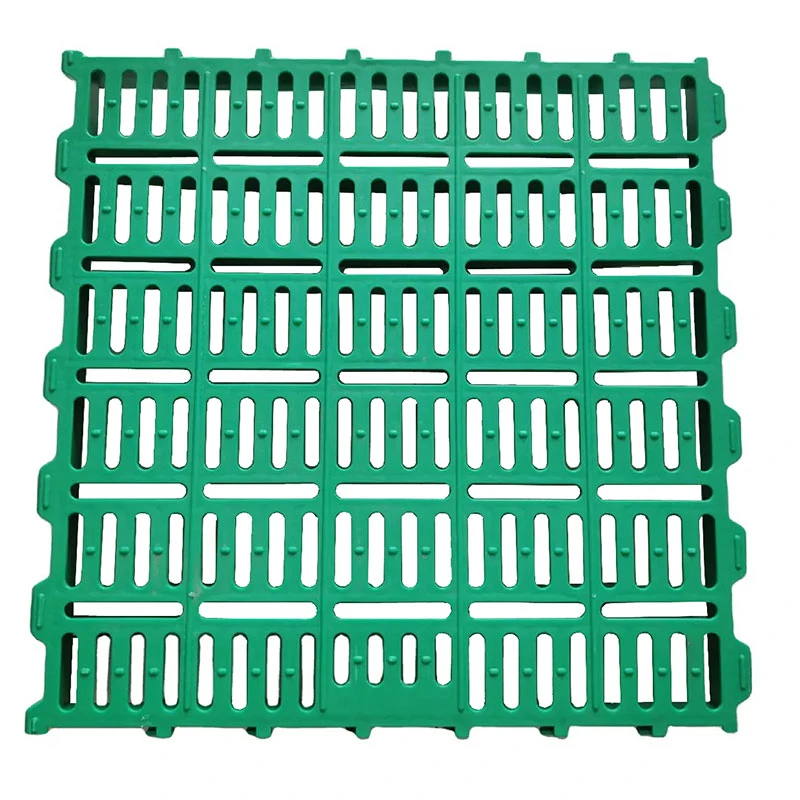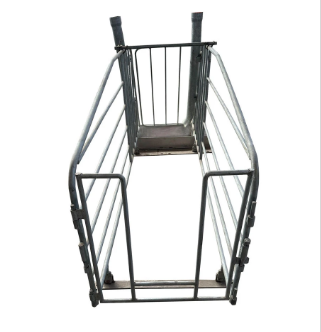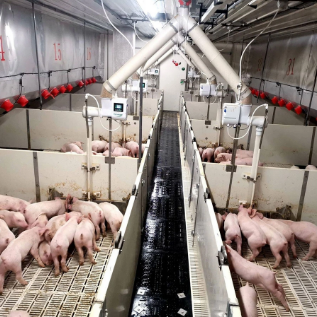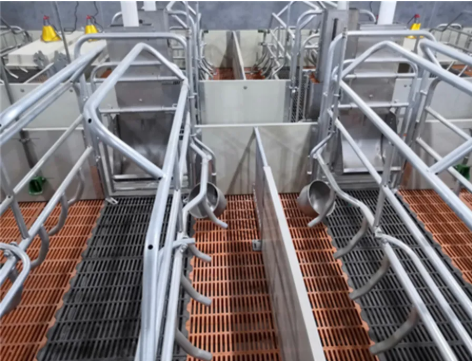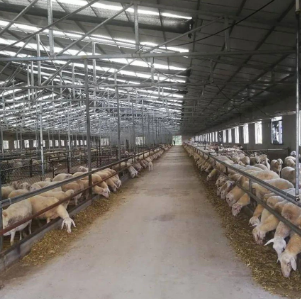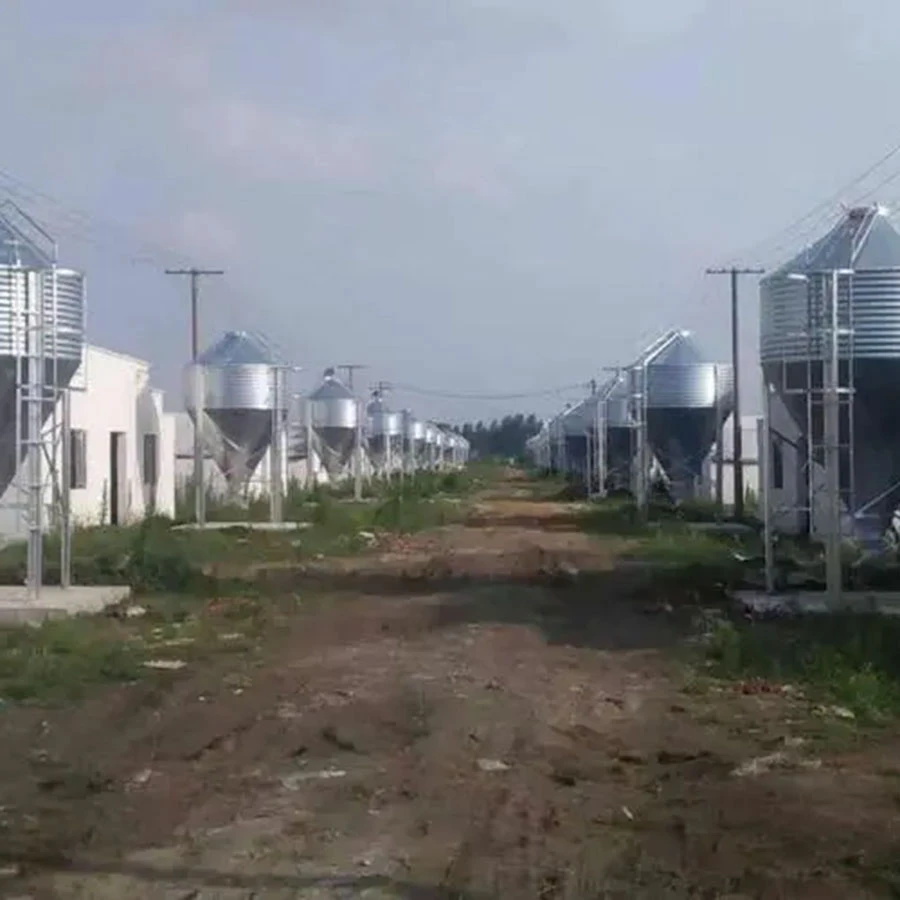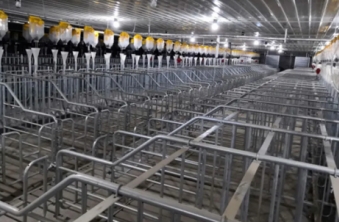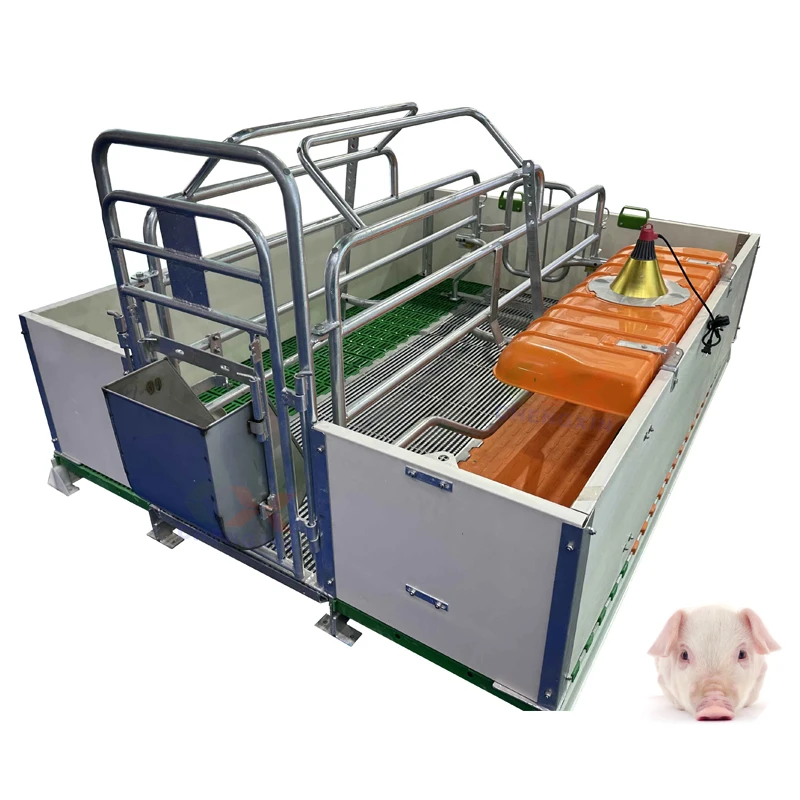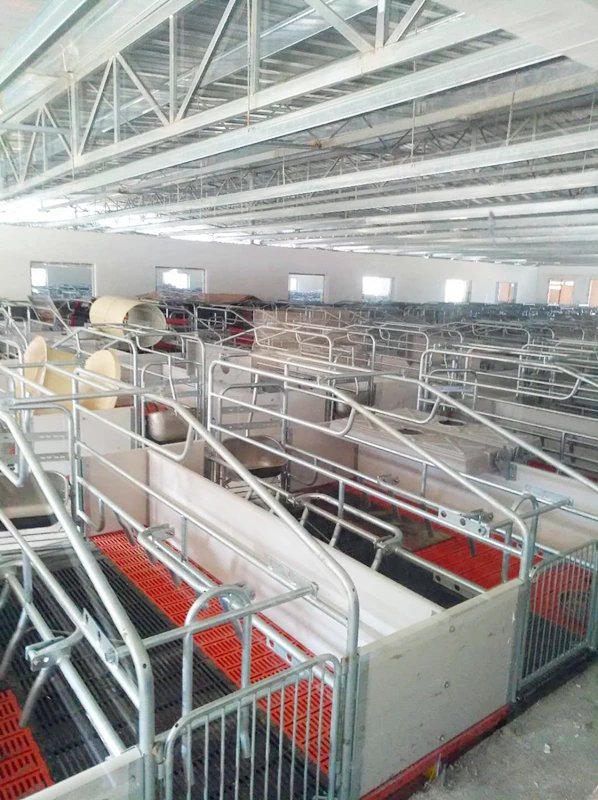In the dynamic landscape of modern agriculture, the need for technologically advanced, efficient, and sustainable livestock management solutions has never been greater. As large-scale farming operations continue to expand globally, poultry farm equipment suppliers and livestock equipment companies are stepping up to provide intelligent systems that not only optimize productivity but also enhance animal welfare and environmental sustainability. From automated feeding systems to climate control solutions, these providers are reshaping the way farmers operate in a competitive, resource-conscious world.
Elevating Productivity Through Smart Poultry Equipment
To remain competitive in today's agricultural sector, poultry farms require more than just traditional methods. Poultry equipment companies now offer highly specialized and automated solutions tailored for every stage of poultry production. These include automated feeding and watering systems, egg collection units, ventilation control devices, and intelligent lighting setups. Such technologies are critical in maintaining optimal living conditions, reducing labor costs, and improving overall productivity.
One of the key advantages of these modern systems lies in their scalability and adaptability. Whether a farm is raising broilers, layers, or breeders, equipment can be customized to meet unique needs. For example, automated feeding systems deliver precise quantities of feed at scheduled intervals, minimizing waste and ensuring consistent growth rates. This level of control is crucial in commercial environments where feed efficiency directly affects profitability.
Furthermore, climate control systems—like tunnel ventilation, cooling pads, and exhaust fans—help regulate temperature and humidity inside poultry houses, especially in regions with extreme weather conditions. These solutions ensure animal comfort, reduce mortality rates, and contribute to higher production yields.
Integrated Livestock Solutions for Modern Farm Infrastructure
Beyond poultry, livestock equipment companies are equally influential in shaping the future of animal husbandry. The industry is experiencing a shift toward integrated, multi-functional systems designed to serve a broad range of livestock operations, from dairy farms to swine and cattle enterprises. These systems focus on enhancing both operational efficiency and animal well-being.
Fencing and barrier systems, for example, play a vital role in livestock containment and management. High-strength panels and modular gates ensure animal safety while facilitating easy access for feeding and inspection. Companies are increasingly using corrosion-resistant materials such as galvanized steel or composite materials to extend the longevity of outdoor enclosures.
Manure management is another area of focus. Advanced scrapers, pumps, and storage tanks help farms comply with environmental regulations by safely collecting and disposing of animal waste. This not only mitigates the impact on surrounding ecosystems but also allows for the recycling of manure as organic fertilizer—supporting sustainable agricultural practices.
Moreover, automated milking systems and feeding robots are being widely adopted in dairy farming. These innovations reduce dependency on manual labor and allow for more consistent routines, improving both milk yield and herd health.
Global Expansion and OEM/ODM/OBM Capabilities
Many of the top poultry equipment companies and livestock equipment companies are now evolving into full-service providers, offering OEM (Original Equipment Manufacturer), ODM (Original Design Manufacturer), and OBM (Original Brand Manufacturer) services to clients around the world. This strategic expansion into multiple service models ensures flexibility, supports innovation, and allows clients to differentiate themselves in increasingly competitive markets.
OEM services allow international clients to rebrand and distribute products under their own trademarks, while ODM services involve customizing product design to suit specific market demands. Meanwhile, OBM services provide end-to-end control, from product design and manufacturing to branding and distribution. By offering all three models, companies ensure a comprehensive support system for global agricultural operations.
This capability is particularly valuable for new market entrants looking for reliable, turnkey solutions. Instead of investing in R&D or manufacturing infrastructure, companies can leverage the experience and production capabilities of established manufacturers. This reduces time-to-market, maintains product quality, and enhances customer satisfaction.
In terms of manufacturing expertise, many Chinese companies have distinguished themselves with their vertically integrated production lines, strict quality control protocols, and international certifications. These attributes not only increase confidence in product performance but also ensure compliance with global agricultural standards.
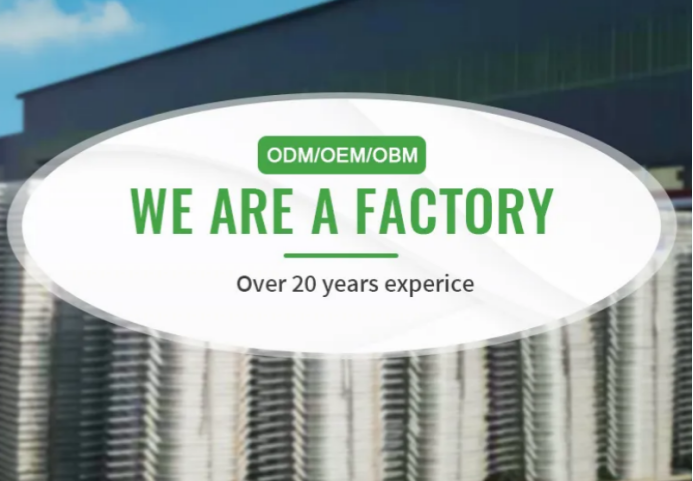
A Commitment to Sustainable and Humane Farming Practices
With the rise in consumer awareness regarding animal welfare and sustainability, poultry farm equipment suppliers and livestock equipment companies are also prioritizing eco-friendly and humane solutions. This shift is not just driven by ethics—it also reflects a growing demand for compliance with international regulations and retailer requirements.
For instance, cage-free layer systems and enriched colony housing are being adopted more widely, promoting natural behaviors in poultry and improving overall animal health. Similarly, smart monitoring systems that track animal movement, feeding habits, and health parameters enable farmers to detect issues early and reduce the need for antibiotics or emergency interventions.
Solar-powered ventilation systems and energy-efficient lighting are helping reduce the carbon footprint of farming operations. Water-saving drinkers and feed conversion optimization tools also contribute to sustainability goals by reducing resource consumption.
Training and technical support offered by manufacturers play a crucial role in ensuring proper implementation and maintenance of these technologies. By providing multilingual support, instructional materials, and field service teams, companies are making it easier for farmers worldwide to transition to more sustainable and efficient practices.
Poultry Farm Equipment Suppliers FAQs
What factors should be considered when choosing poultry equipment?
When selecting poultry equipment, consider the scale of the operation, type of birds, climate conditions, available budget, and the level of automation desired. Equipment should offer durability, efficiency, and adaptability to local needs. Prioritize systems that minimize labor and maximize animal health.
How do livestock equipment companies support animal welfare?
They offer products designed to improve animal comfort, health, and behavior. Examples include well-ventilated housing, stress-reducing feeding systems, and precision monitoring tools that allow early disease detection and treatment without invasive practices.
Are these companies capable of handling international orders?
Yes, many leading companies provide international shipping, multilingual customer service, and support for installation and training. Their OEM/ODM/OBM models are tailored to meet diverse global requirements while maintaining regulatory compliance.
What innovations are trending in the poultry and livestock equipment industry?
Current trends include automation (robotic feeding and cleaning), data analytics for herd management, modular housing systems, and the use of sustainable materials. IoT-enabled monitoring systems and AI-based decision tools are also gaining traction.
Why is sustainability becoming more important in livestock equipment?
Sustainability ensures long-term productivity, reduces environmental impact, and meets consumer and regulatory expectations. Sustainable equipment reduces resource waste, enhances animal welfare, and can improve farm profitability through operational efficiency.
Post time: Jul . 31, 2025
